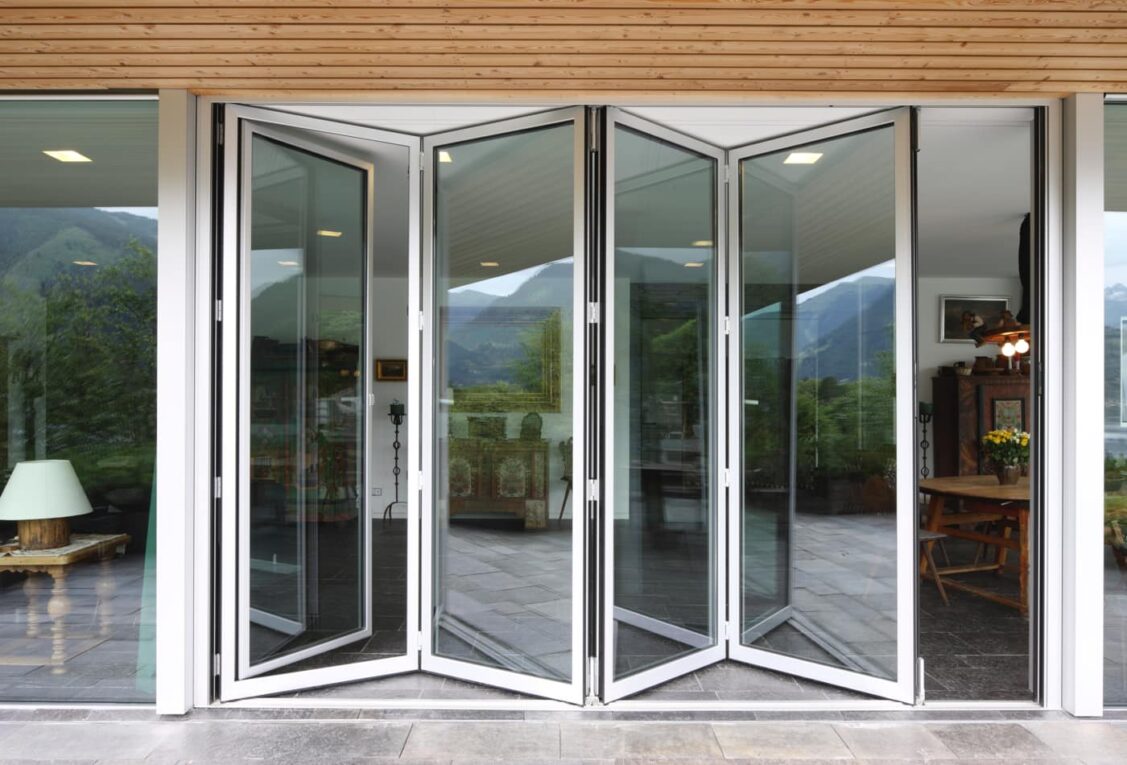Aluminum has emerged as one of the most preferred materials for window frames and profiles due to its various properties and benefits.
What are Aluminum Window Profiles?
The term “profile” refers to the cross-sectional shape of an extruded aluminum material. Aluminum window profiles are the structural elements that form the frames of aluminum windows. Different profiles are designed to perform specific functions like supporting sashes/glass, mounting hardware, providing insulation, and handling structural loads. Some common aluminum window profiles include T-bar profiles, box profiles, sloped sill profiles, etc.
Advantages of Aluminum Window Profiles
– Lightweight: Aluminum is nearly one-third the weight of wood or vinyl yet very strong. This makes Aluminum Window Profile easier to install and operate.
– Thermal efficiency: Aluminum conducts heat quickly but does not retain it for long. With the right insulating technique, aluminum window profiles can provide effective thermal insulation.
– Durability: Aluminum does not rust, rot, or deteriorate like other materials. Aluminum window frames made of extruded aluminum profiles can last over 50 years with minimal maintenance.
– Design flexibility: Aluminum profiles can be extruded into a variety of shapes and sizes. This allows aluminum windows to be customized as per building and aesthetic requirements.
– Energy efficiency: Double or triple glazing along with thermal breaks in aluminum profiles help block heat transfer, lowering energy costs.
– Low maintenance: Aluminum requires less cleaning and upkeep than other window materials like wood.
Aluminum Window Profile Types
– T-bar profile: The most basic and common profile type shaped like an inverted “T”. Acts as a border frame for sashes and glazing.
– Box profile: Consists of a hollow, rectangular extrusion for improved insulation and structural strength. Used in high-performance window frames.
– Sloped sill profile: Features an angled lower section that slopes water away from the window frame. Ensures no water pooling at sill level.
– Reinforced profiles: Have an internal strengthening element like a plastic or steel insert for extra rigidity in large windows handling high loads.
– Multi-chambered profiles: Contain two or more hollow cavities separated by thermal breaks/spacers. Very efficient insulation technique.
Frame Construction Using Aluminum Profiles
Aluminum window frames are constructed by joining different extruded profiles using mechanical fasteners, welding, or adhesives:
– Corner joints: T-bar profiles are miter cut and fitted tightly at corners. Corners may be reinforced by welding or mechanical cleats.
– Mullions: Vertical dividers between windows are snap-fitted into rebates created in frame profiles.
– Reinforcements: Structural reinforcements like steel angles are sometimes fitted inside profiles at hinge and lock locations.
– Glazing beads: Rubber or vinyl glazing beads are fitted into grooves on profiles to hold glass/panels securely in place.
– Thermal barrier: A polyamide thermal barrier strip is co-extrusded or fitted between the faces of multi-chambered profiles.
– Hardware: Hinges, locks, handles, etc. are mounted on reinforcements inside the profiles.
Surface Finishing of Aluminum Window Profiles
To prevent corrosion and enhance aesthetics, aluminum profiles undergo surface finishing treatments before assembly:
– Anodizing: An electrolytic process that thickens the aluminum oxide layer, making the surface highly corrosion and scratch-resistant. Provides bold, long-lasting colors.
– Powder coating: A dry polymer finish thermally bonded to the surface for superior durability and a wide range of colors and textures.
– Class 1 anodizing: A very thin, transparent anodized layer preventing fingerprints and stains yet retaining aluminum’s natural appearance.
– Painting: Wet paint is applied after pre-treatment steps like cleaning, etching and priming for a low-maintenance painted finish.
Quality Factors to Consider When Selecting Aluminum Window Profiles
When specifying or purchasing aluminum window profiles, some key quality factors to evaluate include:
– Profile wall thickness: Heavier walls provide higher structural strength and insulation. Minimum 1.5mm thickness required.
– Thermal barrier placement: Continuous barrier between inner-outer walls for maximum thermal efficiency.
– Welding/joint quality: Corners and mullions should have clean, strong welds free of defects.
– Surface finish durability: Factory finished to withstand weathering and prevent corrosion for decades.
– Compliance certifications: Profiles should meet AAMA/WDMA standards for performance and quality.
– Window rating/U-factor: Overall window performance depends on quality of sealing, glazing, and profiles used.
With their various benefits, aluminum window profiles have become a preferred choice for commercial and residential fenestration projects globally. Specifying high-quality profiles from a reputed manufacturer helps ensure windows made using them deliver on performance, longevity, energy efficiency and aesthetic requirements. Aluminum profiles therefore remain a vital building material supporting the fenestration industry.
*Note:
1. Source: Coherent Market Insights, Public sources, Desk research
2. We have leveraged AI tools to mine information and compile it

